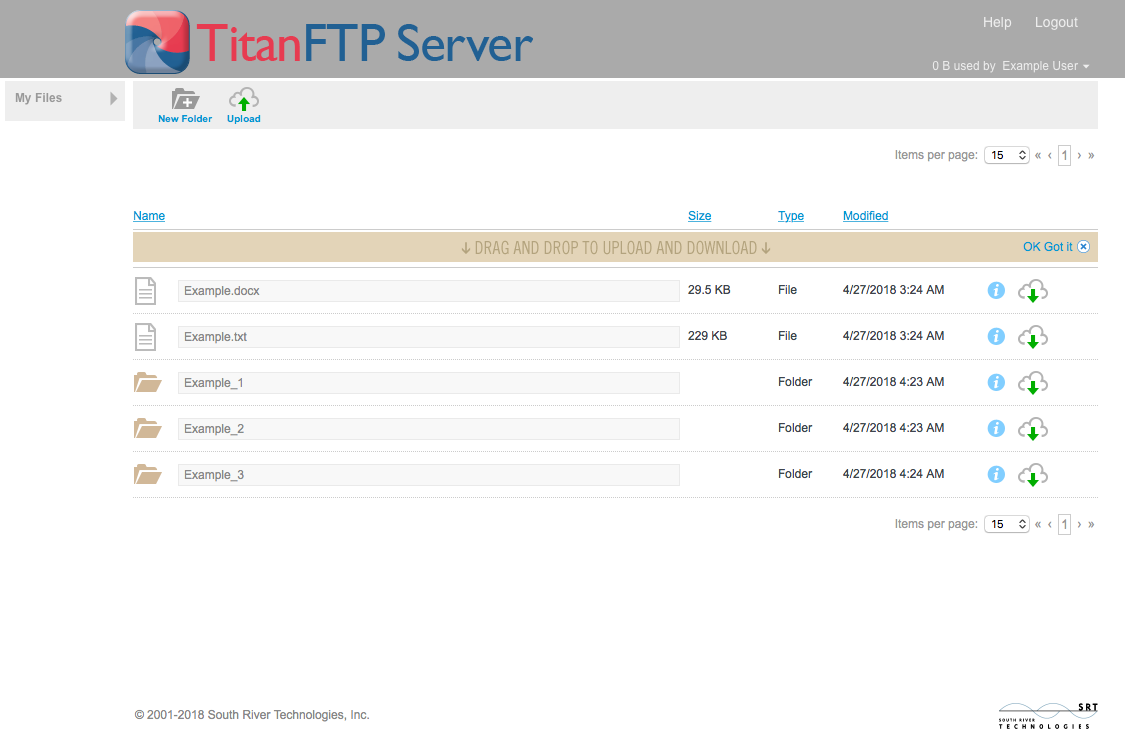
Concrete is the workhorse of the construction industry, and you respect it as a product that is strong, durable and capable of lasting for many years. As it enters a new phase of popularity made possible by technological developments that increase its uses, you may find many more reasons to include it in your construction plans. An insulated concrete form (ICF) is an innovative, high-performance construction element that can make your buildings stronger and more energy-efficient.
In the same way that the old-fashioned typewriter keyboard acquired new importance by providing access to a computer, the forms are opening the way to new construction methods. Building forms and pouring concrete into them is nothing new to you, but interlocking forms that include insulation inside and out may offer something new to consider.
ICFs made of expanded polystyrene are much lighter than standard concrete block and much easier to put in place. During construction, you fill them with concrete to form a wall. The foam material forms a layer that is two inches thick on the exterior as well as the interior.
Among the advantages of using ICFs for homes or commercial buildings, the most significant are energy efficiency, strength, clean air and soundproofing.
Lower Utility Bills
A continuous wall of insulated concrete has obvious advantages in providing superior energy efficiency. Typical concrete block offers little resistance to cold temperatures, transferring them into interior living spaces, but the foam insulation on ICFs makes a significant difference. Manufacturers of insulated forms project that savings on monthly utility bills may amount to as much as 50 percent.
Improved Strength
You probably notice that the width of a block is wider than the ones that you are accustomed to using, and the wider space that the empty cells provide for your pour make the wall stronger. Remember to adapt your building plans to account for the difference. Interior rooms end up with a reduced amount of square footage, and doors are affected as well.
Improved Air Quality
The improved energy efficiency that you can achieve with the use of insulated forms translates into improved air quality and more consistent interior temperatures. Occupants who have respiratory problems benefit from the reduced amount of outdoor pollutants that enter interior spaces.
Better Soundproofing Capability
The two inches of foam insulation on the interior walls is matched by two inches on the exterior, creating a significant soundproof barrier. The material is suitable as a backing for your interior drywall installation or for stucco, brick or siding on the exterior. Fiberglass or other insulating materials that are used in typical frame construction are far less effective in providing soundproofing that can make a home or office significantly quieter.
It may take your crew a short time to get used to using ICFs, but a block that is lighter weight and easier to handle is usually an incentive to learn the new skill. The advancements in technology that produced an insulated concrete form can make your buildings better in many ways.
This post was provided by Brett Nichols, an engineering grad student. He thinks the groundbreaking work at ARXX Corporation has opened the industry, regarding concrete forms.









Comments